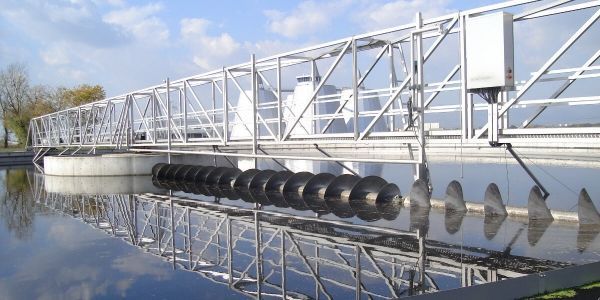Engineers at wastewater recycling plants can rest easy knowing that their methods for minimizing the formation of a potent carcinogen are targeting the right chemical compound.
USC Viterbi Assistant Professor Daniel McCurry, undergraduate student Meredith Huang and master’s student Shiyang Huang have confirmed the chemical responsible for the formation of the carcinogen N-nitrosodimethyalmine, or NDMA, in recycled wastewater. They began their study after contradictory findings surfaced in the environmental research community, causing hesitation in the adoption of NDMA intervention methods at treatment facilities. Their work was published in Environmental Science and Technology Letters as the March cover study.
“The recent drought in California and subsequent water vulnerability has increased interest in water recycling,” said Meredith Huang, the study’s first author. “However, disinfection byproducts like NDMA, formed in the process of treating wastewater, are harmful to humans and introduce some issues when the goal is re-consumption.”
The origin story
In the late 90s, high concentrations of NDMA were found in what was otherwise extremely clean recycled wastewater, which in most states is discharged into rivers that are used as sources for drinking water. This discovery set off a years-long research effort by several labs to figure out how the harmful chemical compound was forming.
Read more at University of Southern California
Image: Biological wastewater treatment facility. (Credit: Hasan Zulic)


